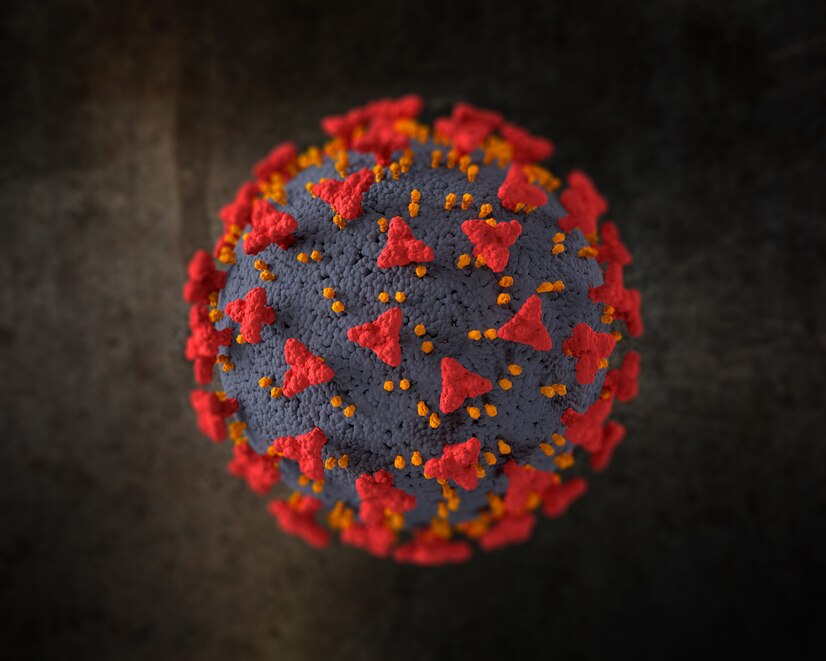India’s 706 medical colleges, with approximately 1.09 lakh students, face a significant shortage of cadavers (human bodies) required for anatomical study. The limited number of body donations is making it difficult to train new doctors.
Cadavers are often referred to as the “first patients” for medical students, helping them gain a hands-on understanding of human anatomy. Despite the country’s daily death toll of about 27,000, less than 0.001% of the population chooses to donate their bodies. Additionally, around 5 lakh people in India await organ transplants each year.
On average, every medical college requires 10-15 cadavers per batch annually, but this demand is far from being met. However, the shortage compels students to rely on technical models or virtual reality, which do not provide the comprehensive understanding that real human bodies do.
In response to this challenge, four senior doctors have donated their bodies for medical education, setting an inspiring example for others.
Doctors Who Became Examples after Death
Dr. Shamsher Singh Bhandari, an 83-year-old senior ophthalmologist from Rajasthan, dedicated his life to restoring vision for countless blind individuals and serving patients selflessly. Fulfilling his wishes after his demise on December 16, 2024, his eyes were donated to the Rajasthan Eye Bank Society, and his body was donated to Jaipur National University for medical education.
Professor (Dr.) Hari Vallabh Nema, former head of the Department of Ophthalmology at BHU’s Institute of Medical Sciences donated his eyes and body to Sri Aurobindo Medical College, Indore, following his death.
Dr. Rameshwar Prasad Sharma, a former professor at Jaipur’s SMS Medical College and a former Vice-Chancellor of Rajasthan University, he donated his body to SMS Medical College, Jaipur.
Dr. Shakuntala Bhatnagar, a renowned gynecologist from Kota, followed the path of selflessness, donating her body to the Government Medical College in Kota.
By donating their bodies, these doctors have exemplified a profound sense of duty to society, underscore the critical importance of body donation in medical education. Their selfless acts highlight the need for greater awareness about how such contributions play a critical role in producing skilled doctors. In doing so, they have proved that the path of service extends even beyond life.




